|
|
|
|
The idea of bringing back extinct animals, particularly iconic species such as woolly mammoths, seems wondrous and fraught at the same time. Proponents say their return would help restore ecosystems and teach the scientific community how to undo humanity’s deadly toll on other species. Detractors say it’s a distraction with many unknowns, among other warnings.
Environmental humanists Risa Aria Schnebly and Ben Minteer from Arizona State University provide a valuable reality check on de-extinction – a science story, like most others, with deep societal questions. For starters, we should drop the idea that scientists will be able to “bring back” the dodo and other lost species, they write: “it’s more of a process to create their high-tech look-alikes.”
Another story on biodiversity and returning species is playing out now in Colorado, which voted to reintroduce the gray wolf. Philosopher Christopher Preston spent three years studying wildlife comebacks, such as the bison, humpback whale and beaver, to learn about how these programs change how people think about animals. He details the many ripple effects from reintroducing wolves, whether it’s ecological benefits of returning keystone species or their impact on ranchers and their livestock. But all animal restoration programs invite the general public to consider the complexities and tradeoffs, he writes.
Concerns are growing that the current bird flu outbreak could cause a human pandemic. Veterinarian Treana Mayer from Colorado State University explains how the process of “spillover” – when a disease jumps from animals to humans – occurs and what can be done to prevent it. She writes that habitat loss, climate change and changes in land use are making these events more likely.
Also this week science news:
If there’s a subject you’d like our team of science editors to investigate, please reply to this email.
|

|
Martin La Monica
Director of Editorial Projects and Newsletters
|
|
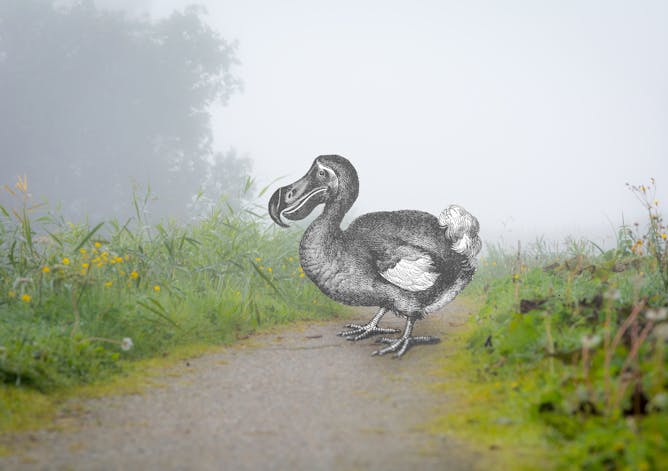
An impossible sight – but maybe not for long.
Beeldbewerking/iStock via Getty Images Plus
Risa Aria Schnebly, Arizona State University; Ben A. Minteer, Arizona State University
Two conservation scholars break down what de-extinction looks like – and the debate over whether it could do any good.
|
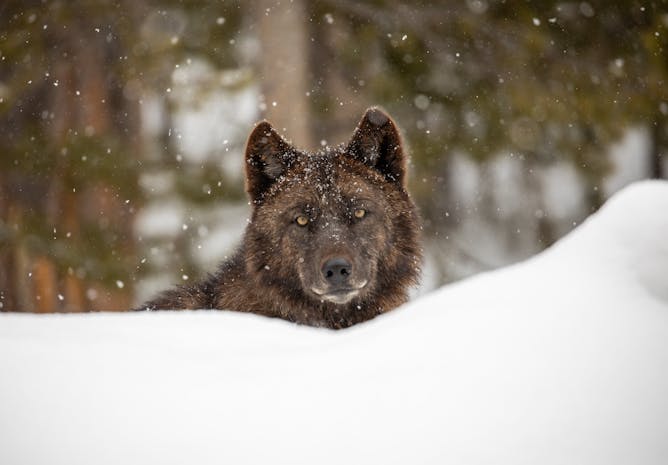
A gray wolf in Yellowstone National Park.
NPS/Jim Peaco
Christopher J. Preston, University of Montana
Less than a century ago, Colorado hunted, trapped and poisoned all the wolves within its borders. Today it’s restoring them – a change that reflects a profound shift in human thinking.
|
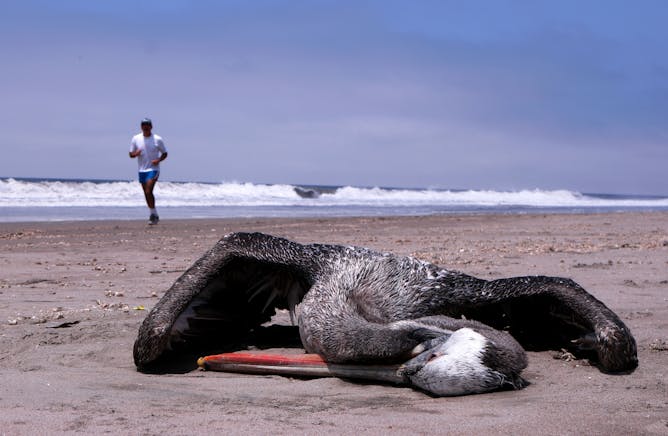
Wild birds like pelicans and ducks are getting infected with – and dying from – a new strain of avian influenza and have spread it to farm animals around the world.
Klebher Vasquez/Anadolu Agency via Getty Images
Treana Mayer, Colorado State University
A biologist who studies how viruses spread from animals to people explains the process of spillover and the risks posed by the new bird flu that has spread across the globe.
|
|
|
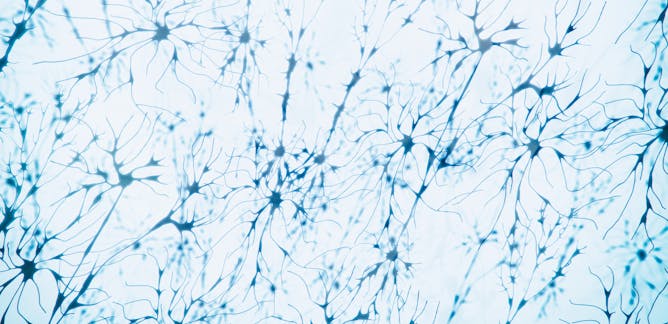
Andrea Merchak, University of Virginia
The gut microbiome plays a big role in mediating how the immune system responds to perceived threats, which include the body’s own nerves.
| |

Chris Impey, University of Arizona; Connie Walker, National Optical-Infrared Astronomy Research Laboratory
With the help of thousands of citizen scientists, a new study measured exactly how much brighter night skies are getting every year.
|
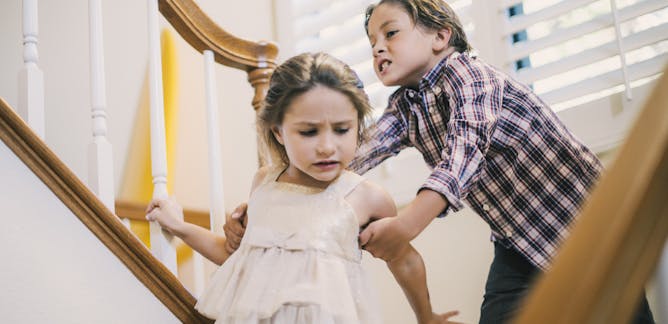
Corinna Jenkins Tucker, University of New Hampshire; Tanya Rouleau Whitworth, University of New Hampshire
All brothers and sisters have tensions or disagreements from time to time as they jockey for position in the family. But when one sibling victimizes another, there can be serious and ongoing harms.
| |
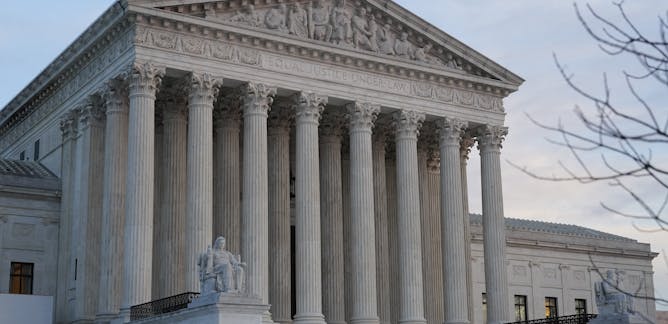
Michael W. Carroll, American University
Justices are weighing the arguments in two cases that have the potential of changing the way social media platforms operate.
|
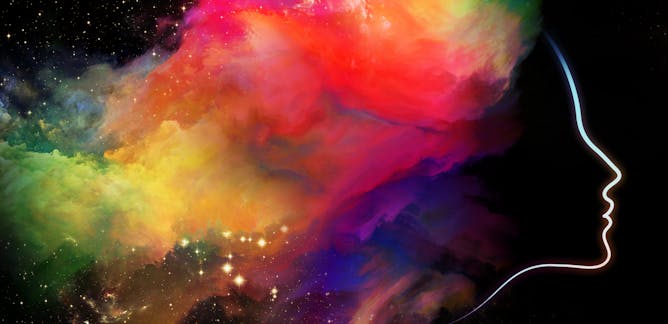
Andrey Vyshedskiy, Boston University
By learning what parts of the brain are crucial for imagination to work, neuroscientists can look back over hundreds of millions of years of evolution to figure out when it first emerged.
| |

Kristofer Wollein Waldetoft, Georgia Institute of Technology
Using a mathematical model, researchers found that good hygiene can reduce the harmful effects of antibiotic use.
|
|
|
|
|
-
Gary Reisfield, University of Florida
Poppy seeds can become contaminated with opiates during harvesting. For the US Defense Department, invoking a ‘poppy seed defense’ may not be enough to rule out a positive drug test result.
-
John B. Williamson, University of Florida
Sen. John Fetterman’s admission to a hospital for mental health treatment has set off an important national discussion about the need to reduce stigmas around mental illness.
-
Susan Kaplan, University of Illinois at Chicago
An environmental health lawyer explains why some states have weaker rules than others, and how you can make your concerns heard.
-
Elizabeth Englander, Bridgewater State University; Meghan K. McCoy, Bridgewater State University
The mental health of teenagers has grown far worse over the last decade. But a new report shows that, compared with boys, teen girls are disproportionately experiencing sadness and hopelessness.
|
|
|
| | |
| | |
| |
| |
| |
|
|
|